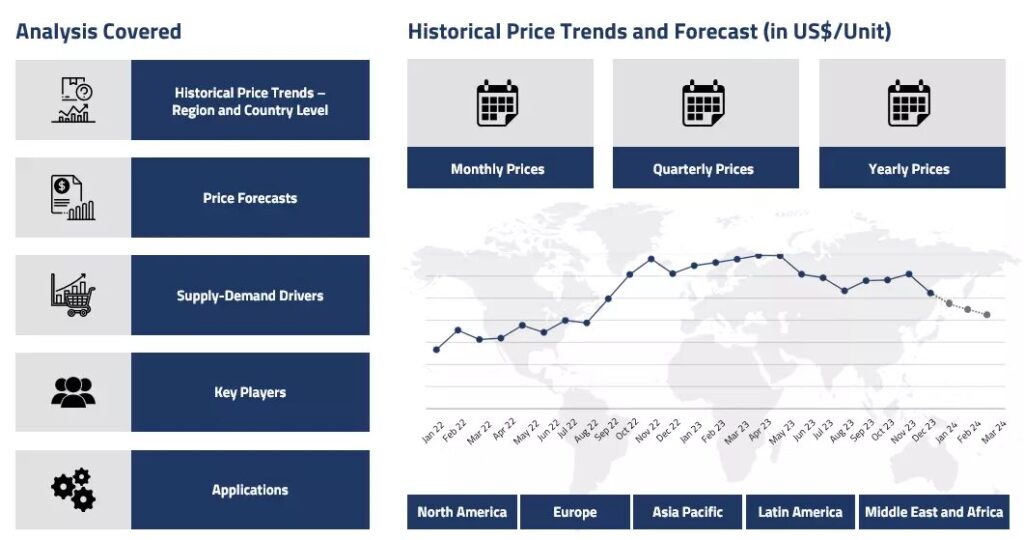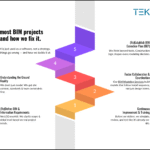The steel industry is always changing, and staying updated on pricing trends can be a challenge.
That’s why this Global Steel Pricing Trends is a game-changer.
It provides real-time updates and insights into global steel market fluctuations.
Whether you’re a steel fabricator, contractor, or designer, this can help you make informed decisions in a dynamic market.
Let’s dive into the key trends shaping the industry as of January 2025.
Why Steel Pricing Matters
Steel is the backbone of construction, manufacturing, and design industries. A small shift in prices can significantly impact project costs and profitability. Understanding what drives these changes is crucial for:
- Managing budgets effectively.
- Timing purchases to save money.
- Forecasting future pricing trends for better planning.
With the Global Steel Pricing Trends, you can track real-time prices and trends across regions, helping you stay ahead of market changes.
Current Global Steel Pricing Trends
The global steel market is experiencing notable fluctuations due to regional dynamics, economic conditions, and geopolitical factors. Here’s an overview of what’s happening in key regions:
1. Asia
Market Trends:
- India’s steel market is relatively stable thanks to balanced supply and demand.
- In contrast, China faces challenges like weak global demand and limited export opportunities.
| Product | Category | Region | Price |
| Flat Steel | Metals | USA | 3479 USD/MT |
| Flat Steel | Metals | China | 1858 USD/MT |
| Flat Steel | Metals | Germany | 3125 USD/MT |
Data source: imarcgroup.com
Pricing:
- In December 2023, flat steel prices in China were around 1858 USD/MT.
2. Europe
Market Trends:
- The European steel market faced a downturn in late 2023 due to geopolitical tensions.
- Reduced spending in construction and manufacturing sectors has lowered demand for steel.
Pricing:
- Germany’s flat steel prices hit 3125 USD/MT by December 2023.

image source: procurementresource.com
3. North America
Market Trends:
- The US market reached a peak in the second quarter of 2024, with the Hot-Rolled Coil Index at 1500 USD/st.
- By late 2023, flat steel prices stood at 3479 USD/MT, reflecting fluctuations driven by domestic consumption and inventory levels.
4. Global Benchmarks
- World Export HRB Price: Approximately 486 USD/tonne.
- US HRB Price: Around 839 USD/tonne.
- China HRB Price: About 448 USD/tonne.
Factors Influencing Steel Prices
Several factors drive the steel market’s ups and downs. Here’s what’s shaping the landscape:
- Supply and Demand Imbalances: Changes in production and consumption levels directly affect prices.
- Geopolitical Tensions: Political instability can disrupt supply chains and impact prices.
- Economic Conditions: Recessions or growth spurts in major economies influence steel demand.
- Regulatory Changes: New policies around emissions and production standards can shift pricing trends.
Future Outlook for Steel Pricing
Analysts predict continued volatility in the steel market. Factors to watch in 2025 include:
- Global economic recovery trends.
- Shifts in supply chains due to geopolitical events.
- Potential regulatory changes affecting steel production and trade.
For industry professionals, knowing Global Steel Pricing Trends can make navigating this complexity much easier.
Conclusion
The global steel market is complex, with prices influenced by a variety of factors. This Global Steel Pricing Trends simplifies this complexity, offering real-time insights and actionable data. As of January 2025, steel fabricators, contractors, and designers can benefit from staying informed about regional trends and future outlooks.
By understanding the market dynamics and leveraging, you can stay competitive, manage costs effectively, and make smarter decisions.








